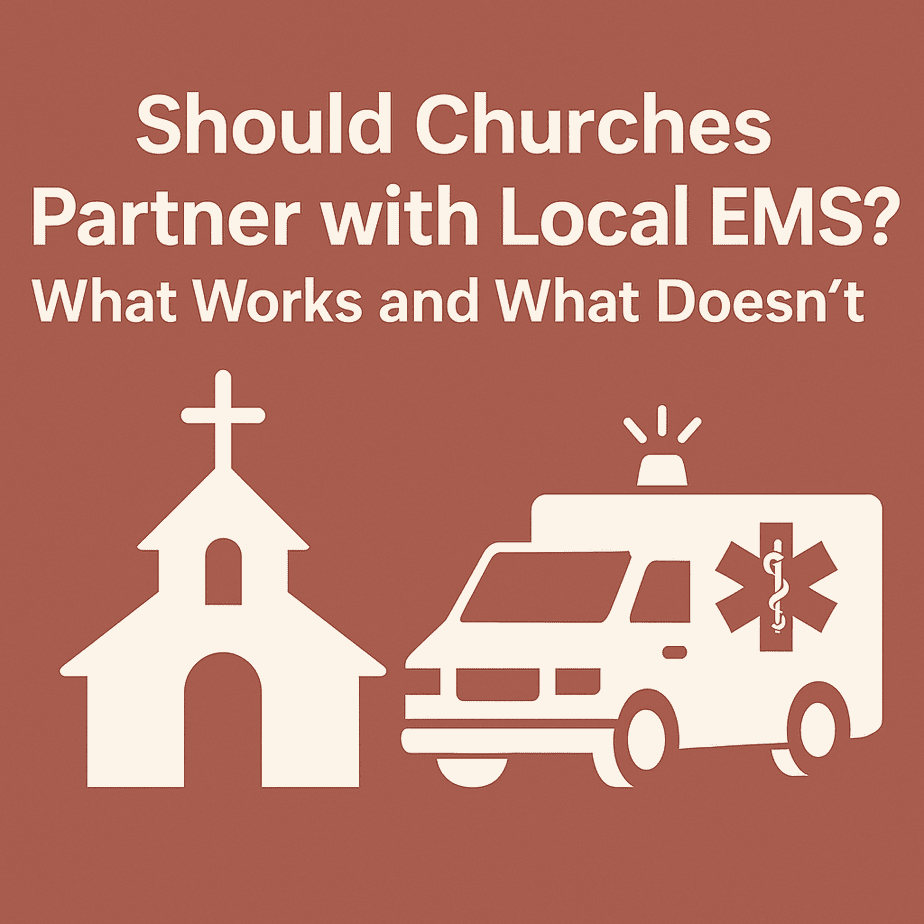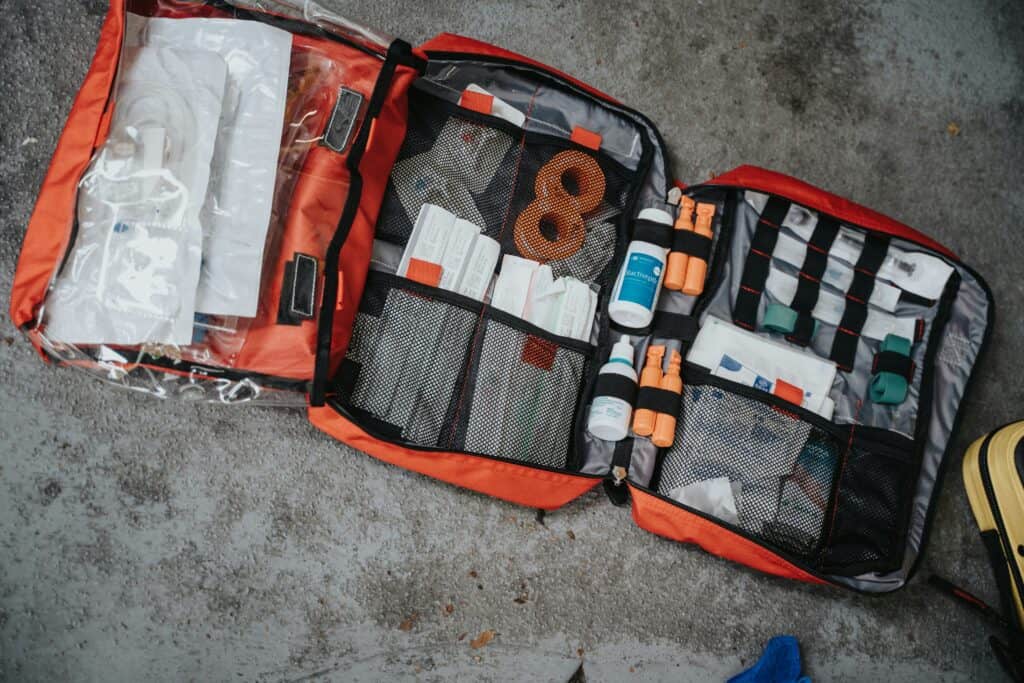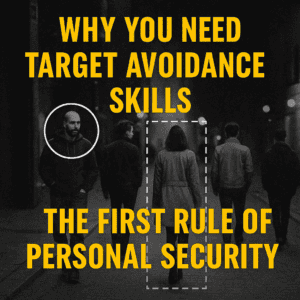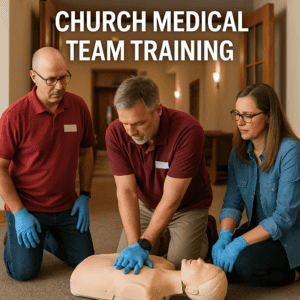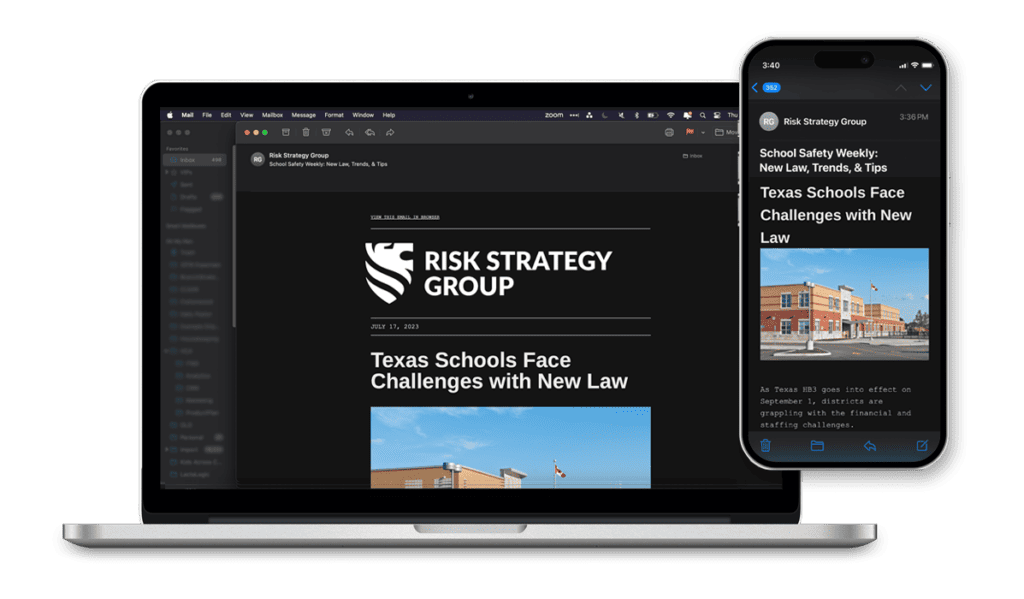A lot of churches think calling 911 is their emergency plan.
It’s not.
And if the only time EMS sets foot on your property is during a real emergency, that’s a problem.
Here’s what an actual partnership looks like…and what it doesn’t.
The Problem with “Just Call 911”
Calling 911 is reactive, not responsive. It doesn’t count as a plan.
- Response times vary. Even great EMS crews can’t teleport.
- They don’t know your building. If they’ve never seen your layout, expect delays.
- They’re not your team. You need internal response before they arrive.
In the first 3 minutes of a medical emergency, your team is all you’ve got.
What Real Partnership Looks Like
Working with EMS doesn’t mean handing them your safety. It means building a relationship before the emergency.
Here’s what actually works:
1. Site Walkthroughs
Invite EMS to walk your property:
- Show them access points, AED locations, stairwells
- Ask how they’d respond to various emergencies on-site
- Get their input on where you may be slowing them down
They’ll appreciate it…and so will you when time matters.
2. Radio Compatibility Checks
If your team uses radios, EMS needs to know:
- What channels you’re on
- If there’s cross-compatibility
- Who their point of contact is
You’re not dispatch…but having direct comms in an emergency saves minutes.
3. Joint Training and Drills
Invite EMS to observe or participate in:
- Stop the Bleed classes
- Active threat exercises
- Evacuation or reunification drills
It builds rapport and gives them context on how you operate.
Want help running drills the right way? Grab our Church Medical SOP Bundle.
What EMS Can’t Do for You
EMS is not your church medical team.
They:
- Don’t know your people
- Can’t be onsite during service
- Won’t handle inside-the-building security or triage roles
Don’t outsource what you should own.
You still need trained volunteers ready to stabilize someone until EMS takes over.
If you need help organizing roles, check out Church Medical Team Roles and Responsibilities.
How to Build the Relationship
Here’s what to do this month:
- Call your local EMS chief or supervisor
- Ask for a walkthrough visit…you’ll provide coffee
- Invite them to your next drill or tabletop
- Make sure they know who’s in charge of medical at your church
- Ask what they wish more churches knew
Bottom Line
A 911 call is not a plan…it’s a step inside a larger one.
Real safety comes when your team is trained and EMS is familiar with your site, your people, and your plan.
Start the relationship now. It might save someone’s life later.

